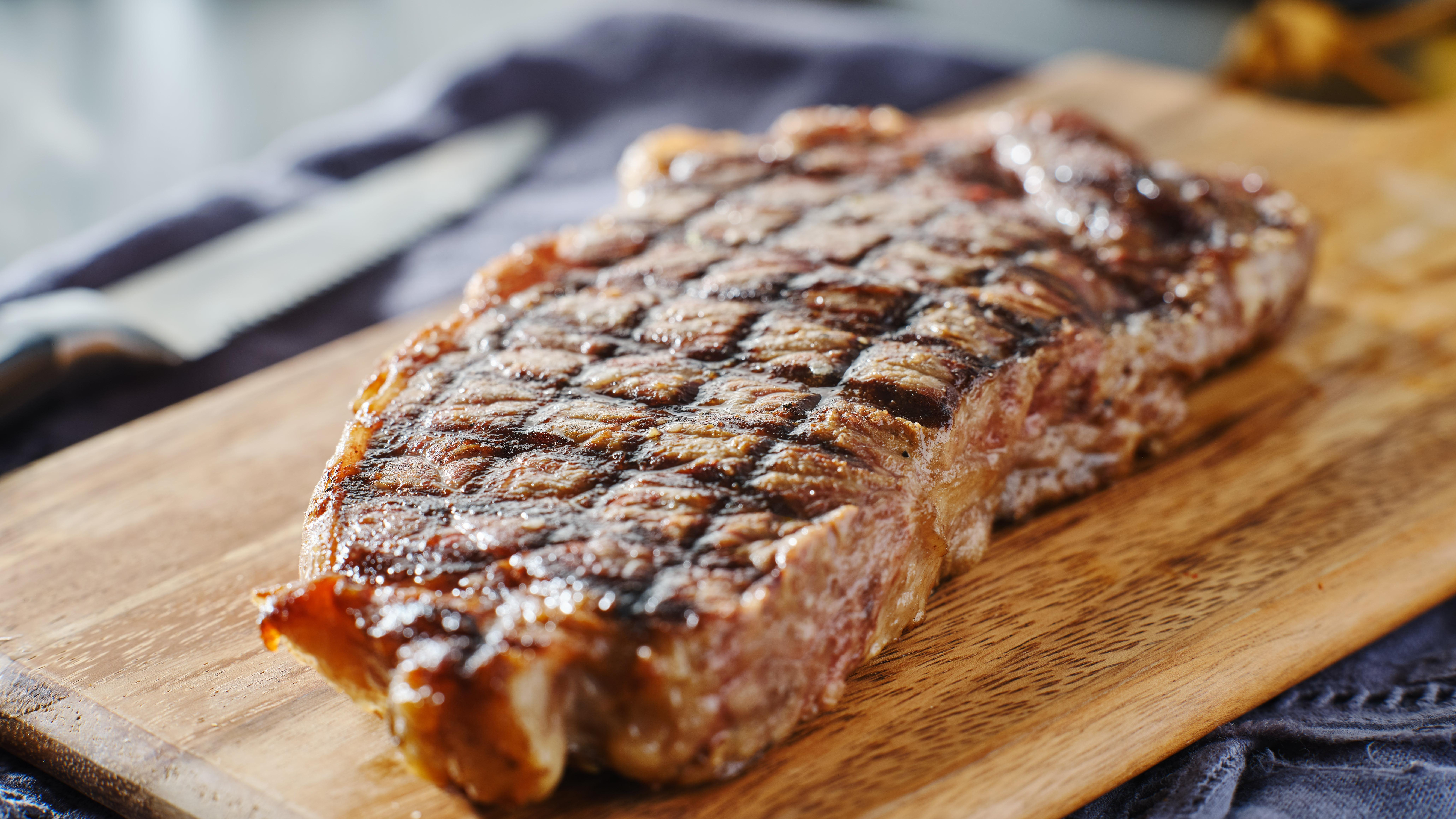Grilled Meat Must Rest Before Slicing—But How Long?
There's one key element when it comes to resting your steaks and chops before serving.
We may receive a commission on purchases made from links.
Since Memorial Day weekend is coming up, my powers of deduction tell me many of you out there (myself included) will be partaking in some grilling. I'm a big fan of grilling steaks or bone-in pork chops, and every year I have to remind myself of the cardinal rule: Once it's done cooking, the meat has to rest for a certain period of time. But for how long?
If you slice your meat too early after pulling it from the grill, you risk having its juices escape all over your cutting board, sacrificing flavor. If you wait too long, the meat will inevitably get cold. Finding that perfect Goldilocks zone depends on a few factors, and it's not as simple as setting a timer.
How long to rest meat before serving
Different meats of different varieties and sizes will each need their own unique period of resting time. Rather than some perfect rule (such as "give it five minutes!"), some cooks gauge resting time by how long a particular cut of meat spent on the grill. MarthaStewart.com suggests that you should rest your meat for half the time it took to cook it. So if your steak came off the grill in 20 minutes, let it sit for 10 before slicing. This is an easy rule to remember, but it's somewhat inexact; you might not have been paying close attention to how long your chops spent on the heat.
Food writer and cookbook author J. Kenji López-Alt says the key is to keep an eye on the temperature of the meat to determine resting time. In an overview published on Serious Eats, he notes that you should monitor the temperature using a meat thermometer—an excellent reminder that every kitchen needs one if you want to cook meat properly. (You can go simple or fancy with the choice of thermometer.)
There is an ideal temperature you want to look for, which you want to measure from the center of the cut: López-Alt says the sweet spot is 120 degrees Fahrenheit. At that temperature, the muscle fibers of the meat will have relaxed enough that they won't ooze juices once you slice into it.
What's great about this guidance is that it also works on larger cuts, such as roasts, so it's not just about meat coming off the grill. You can apply this method to prime ribs or pork tenderloin roasts out of your oven, too.
If you want to look like a grilling expert in front of your friends and family, you really will need to keep that handy meat thermometer around. That 120-degree mark is an easy enough number to remember if you want bragging rights to the juiciest steak on the block.
